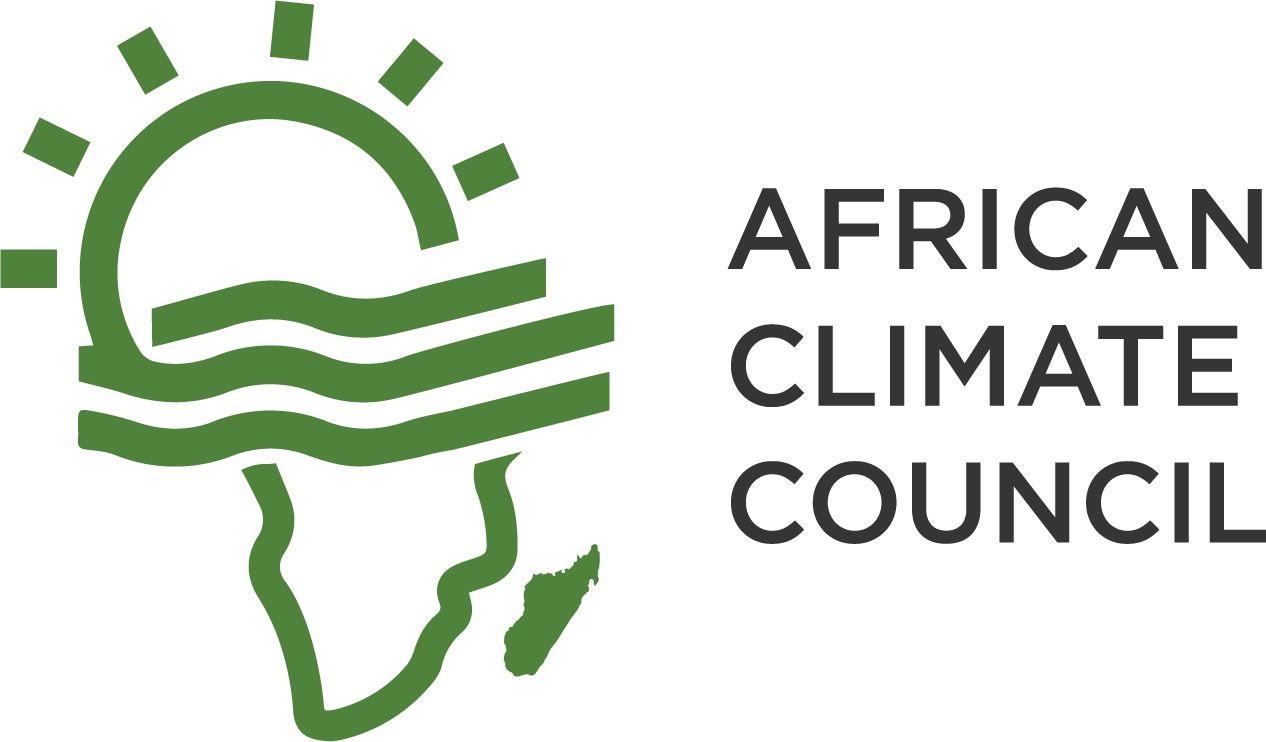From Southern and Eastern to Western Africa, major continent regions have been hit with deadly floods. This has occurred throughout 2024, when the floods have wreaked havoc, killing thousands, displacing hundreds of millions, and destroying unknown worth of property.
2023 wasn’t different, where countries like Malawi dealt with the Cyclone Freddy. However, 2024 had one of its own through Cyclone Hidaya which hit the coastline of Kenya and Tanzania in May. The Climate change phenomena in Tanzania’s Mtwara Lindi coast and Mrogoro regions affected 18,862 people, damaged over 600 houses, and submerged 543 homes.
Before Cyclone Hidaya, Kenya was amid unexpected heavy rainfall between April and May. The devastating floods led to the loss of over 300 lives and over 400,000 others directly affected.
Rivers and lake banks broke, also affecting the evacuation of thousands. For instance, an overflowing River Tana led to capsized two rescue boats, with some of the victims still unaccounted for.
South Africa faced a similar predicament, where regions like Nelson Mandela Bay recorded 22 deaths. Over 2,000 more were left homeless.
Nigeria’s Maiduguri was amongst the flooding statistics, killing 49 individuals and also leading to deadly wildlife escape from a major zoo. President Tinubu echoed the calamity, authorizing his government to aid the affected immediately.
Chad arguably faced the worst of the bunch, where floods left over 500 people dead and destroyed over 400,000 hectares of farming land. This resulted in a food crisis affecting over 3.4 million people.
With the flooding situation escalating in 2024, it should be a talking point for African delegates at the COP29 Azerbaijan Summit. This aligns with the demand for climate finance compensation, which should help restore the affected livelihoods.


Add a Comment